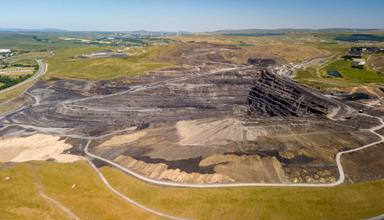Trawsfynydd and Wylfa, Wales’ two nuclear power stations, closed in 1991 and 2015, respectively. Although no nuclear energy has been produced in Wales in the past decade, the economic, environmental, and social impacts of nuclear energy remain significant. Nuclear power remains relevant to Wales and its people in a variety of ways, including station decommissioning, supply chain manufacturing, and nuclear waste disposal.
This briefing takes a look at the impact of civil nuclear energy in Wales, including past, present, and future developments. The briefing addresses:
- the legacy of past nuclear power stations in Wales;
- new nuclear projects in England and the potential for new developments in Wales;
- the scientific and technological basis for nuclear energy, including small modular reactors (SMR);
- UK and Welsh Government policy on nuclear energy and its regulation;
- nuclear safety and nuclear waste, including the long-term disposal of high-level radioactive waste in a geological disposal facility (GDF), and
- devolved powers relevant for nuclear, particularly around jobs and skills, health and environmental regulation.
Timeline of past and future nuclear development relevant for Wales

Article by Bryn Townley and Dr Matthew Sutton, Senedd Research, Welsh Parliament
Senedd Research acknowledges the parliamentary fellowship provided to Bryn Townley by the Engineering and Physical Sciences Research Council (EPSRC) which enabled this briefing to be completed.






